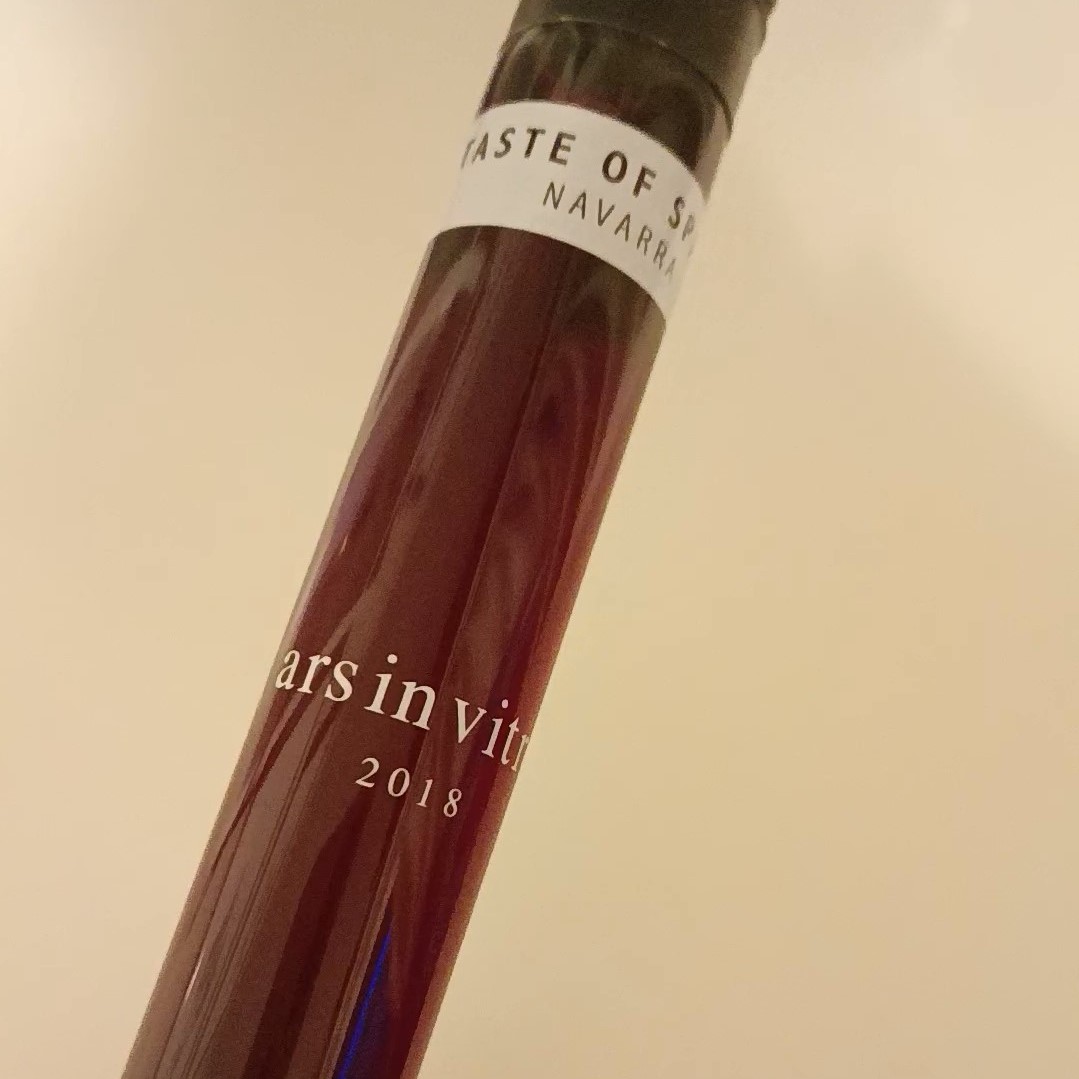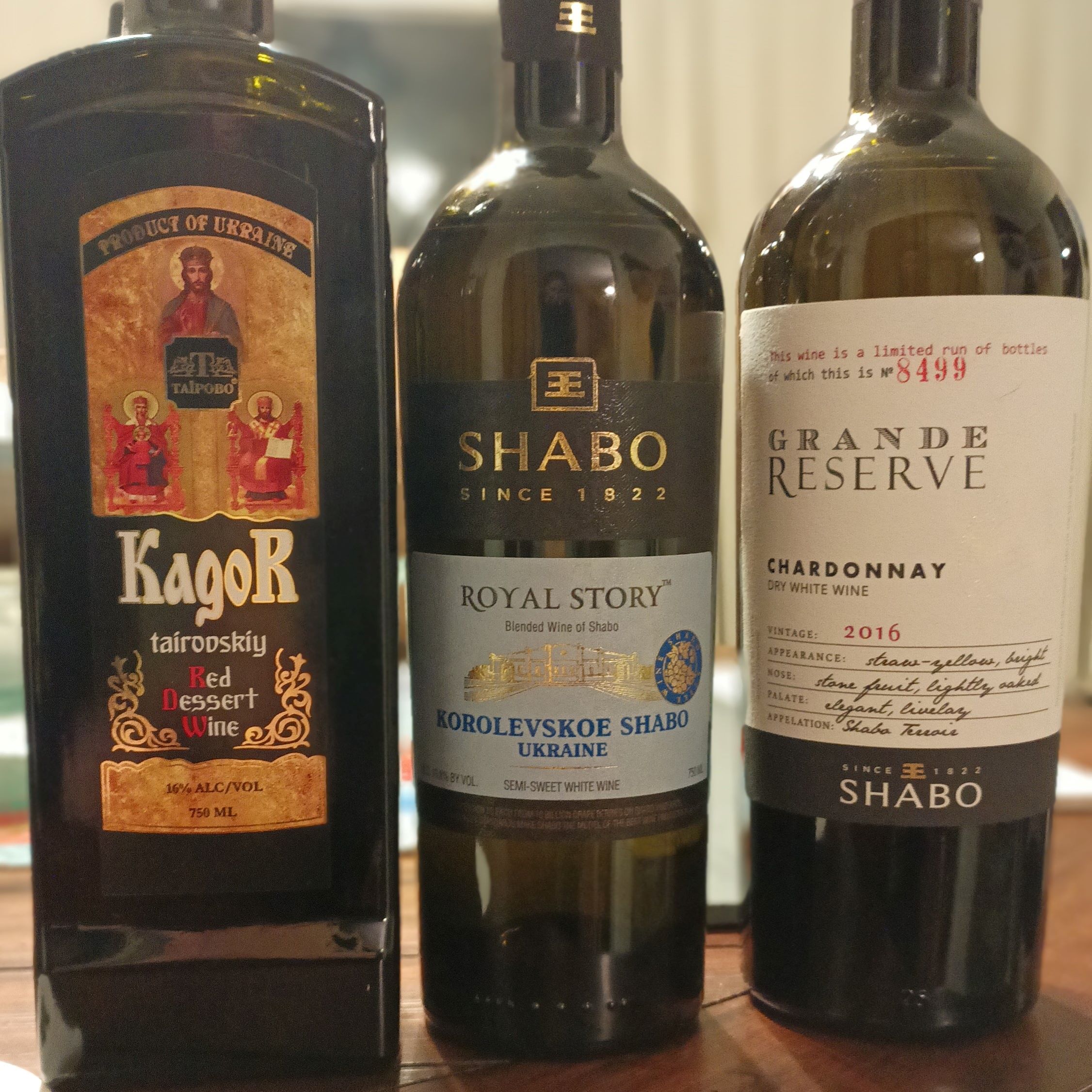Episode Transcript
Speaker 0 00:00:00 Hello, enthusiasts and welcome back to wine and the bottle, the podcast, where we pull a wine from the cellar and discuss the people, places, history, and viticulture that went into making the wine in our glass. I'm Sarah, your wine and spirits, education trust level three certified hosts. And does the intro change for every episode? Yes. Yes it does. Today. We're talking about a little Danish town in the heart of wine country. No, I don't mean you Linde Denmark. Well, I do sort of, I'm talking about solving in California's Santa Barbara county. This California town was once a Danish settlement. In fact, the name solving translates to sunny field in Danish nowadays, though it's much more of a tourist attraction akin to something straight out of Disneyland. This little town is a quiet village with a population of 6,126 people. According to the 2020 census, the town and surrounding areas are home to over 120 wineries, but you certainly wouldn't know it from the ever-present smell of able scape or dough and fudge wafting over the tops of pointy gabled wood-frame buildings.
Speaker 0 00:01:21 But this area really is prime for viticulture. The proximity to the Pacific ocean allows for a cool to moderate climate with many overcast mornings drenched in fog, the summers are warm, creeping up to 90 degrees during the afternoons, but quickly dropping off in the evenings. The wind whipped vineyards in this region are of many varieties. Approximately 70 varieties successfully grow in the greater Santa Barbara region in solving. You might find Pinot noir or Cabernet Frank, Sarah reasoning, culverts, demeanor, Muscat Murlow Bernache sometimes even peanut gregia winemaking in solving traces back to what most California winemaking traces back to the Spanish missions solving happens to be home to mission. Santa Ynez founded in 1804, which produced sacramental wine from the mission grape variety. The town of solving was established in 1911 and not long after much of Santa Barbara, his wine making was quashed due to prohibition. Solving returned to the industry in 1969, when the first private vineyards started popping up one by one. Okay. So the example of wine from the solving region that I have in front of me today is a Nancy's <inaudible> red wine blend, 2018 vintage from Piatsa family wine. This wine was grown in the Bella Vista vineyard
Speaker 1 00:02:58 And is specifically designated as Ballard canyon. Ava, this wine is 50% Serrat and 50% Graziano, which is a highly concentrated, low yielding Spanish grape. So let's go ahead and taste it. See how it is. First of all, looking at this wine, it is medium Ruby with a broad watery rim. First thing I smell is sort of an earthiness like wet leaves almost mushroom me. Let's give it a swirl. Yeah, it definitely has this sort of savory umami characteristic, which is coming from the Sera. I get red plum and some herbaceous Snus like anise or fennel, maybe even some dill nice and fruity. And the palette first thing is really bright tart cherry red cherry. I would say that this is full bodied. It's heavy on the mid palate and lingers. There's a Minas towards the finish. And it's a nice long finish. I'm sitting here talking and I can still taste those gorgeous red Berry flavors and the meatiness, there's some bright strawberry cranberry.
Speaker 1 00:04:17 It's almost like a smokey meaty ocean spray. Oh, I really like this wine. I'm usually not a big fan of Sera as I've mentioned in other episodes. But when you find a really good example, I definitely make the exception for this. This is amazing. I don't get much fruit development, which tracks since this is a 2018, it's still fairly young. So let's talk about more of the structure. It is dry, medium tannin. You can really only feel the tannin for me. It's in the middle of my palette. I get just a little bit of hint tanning on the gums. So I'm almost inclined to give this a medium plus tannin rating, but I'm going to stick with my medium. It's very smooth, not grippy at all. And medium acidity, even with medium tannin and acidity. I think this wine still could age. It has concentrated primary characteristics.
Speaker 1 00:05:09 Some really well integrated secondary characteristics from Oak exposure. There's a small hint of vanilla in there too. So it's still got a lot of primary fruit. It's fairly concentrated on the nose. It's definitely medium plus. And on the palette, I'll give it medium plus intensity as well. You get those flavors right off the bat, but it does have that flavor concentration that you would want in a wine to age. And I could see this developing some really interesting flavors with bottle age, as it gets to be a little bit jammier and more stewed fruit. This would develop really well. So I would say that this is a drink now, or can drink later. I'm going to drink it now because I am really liking how this is drinking and what would I drink it with is the question
Speaker 0 00:05:57 That we always ask, right? What would I drink this with? I like it stand alone. I always say that though, that I like this wine as is don't mix it with anything, but I could see this going really well with like mushroom, for Follett pasta, with some parmigiano Reggiano cheese. I could see this going really well with barbecue chicken, to be honest. And for the mediators out there, you probably could pair this really well with duck. I know that duck is a really rich food, but the lightness of this, the fruity brightness, that's going to cut through that fat. Um, and then anything salty would really bring out the fruit flavors in this wine. So you're going to want to pair this with something salty with lower acidity. So what went into this particular wine in our glass? Interestingly proprietors, Ron and Nancy Piatsa got started in wine by partnering with a group of cloistered Carmelite nuns there Mount Carmel vineyard, still under Piatsa ownership, produces premium Pinot noir and Chardonnay.
Speaker 0 00:07:12 The more interesting varieties come out of the Bella Vista vineyard, where our wine is sourced from geographically speaking, Ballard canyon is most well-known for being a Serrano specialist Appalachian. Although you'll also find the two Cabernets Sauvignon Blanc and a smattering of other somewhat unusual from the United States, European varieties, the Sera in this example brought structure and a savory umami flavor to the wine. You can tell that these grapes were perfectly ripe at harvest. The grass Siano contributes the concentration of the red fruit flavors. The Bella Vista vineyard is a Piatsa family estate exclusive located at an elevation of 1400 feet in limestone soil. This vineyard gets a long growing season and full exposure to the sun with excellent drainage. Before 2019, the Bella Vista vineyard was named the Harrison clerk vineyard. So keep an eye out for that vineyard designation since it's the same place and you know, you'll get excellent quality wine out of this particular vineyard.
Speaker 0 00:08:20 The Bella Vista vineyard was designated as certified organic in 2021. According to the organic vineyard Alliance, the certified organic title means that from the vineyard to the winery, no synthetic materials are used no chemical herbs or pesticides, no sulfites, no GMOs. And the use of native yeast strains instead of the typical winemakers favorite, the Saccharomyces Sarah VCA is encouraged, but it's not mandatory for the designation. I also want to highlight the winemaker since female winemakers should honestly get more credit winemaking is such a boys club, which unfortunately is leftover from centuries of history, much like the United States, Congress women have to fight their way into respectable positions. So I always love to highlight female winemakers whenever I can. The winemaker for Piatsa family wines is Gretchen Volker. Gretchen also has her own label, which she produces from outsourced grapes called Luna heart. And honestly, I can't wait to get ahold of more of her wine. She spent her youth in Pennsylvania and Brussels two very different places. And the beginning of her wine career was in Santa Barbara and New Zealand in an interview with news Hawk out of Santa Barbara in 2018, she described her philosophy for her famous Aluna Hart, white wine blend, as quote, letting the grapes breathe unquote, and also keeping the wine on the Lees until the very end of maturation. She seems to be a fan of natural wine making in all settings, native Easts neutral barrels and skin contact fermentation.
Speaker 0 00:10:17 From what I can tell both Piatsa family wines and Luna Hart wines are only available directly through the winery or online through the wineries online store. So it's time to go for a visit. Well enthusiasts, thank you for joining me for this lovely glass of Piazza family wines. Nancy's QA red blend. Please subscribe. If you want to join me on more wine adventures and I'll see you next week for our next deep dive into the cellar tears.



